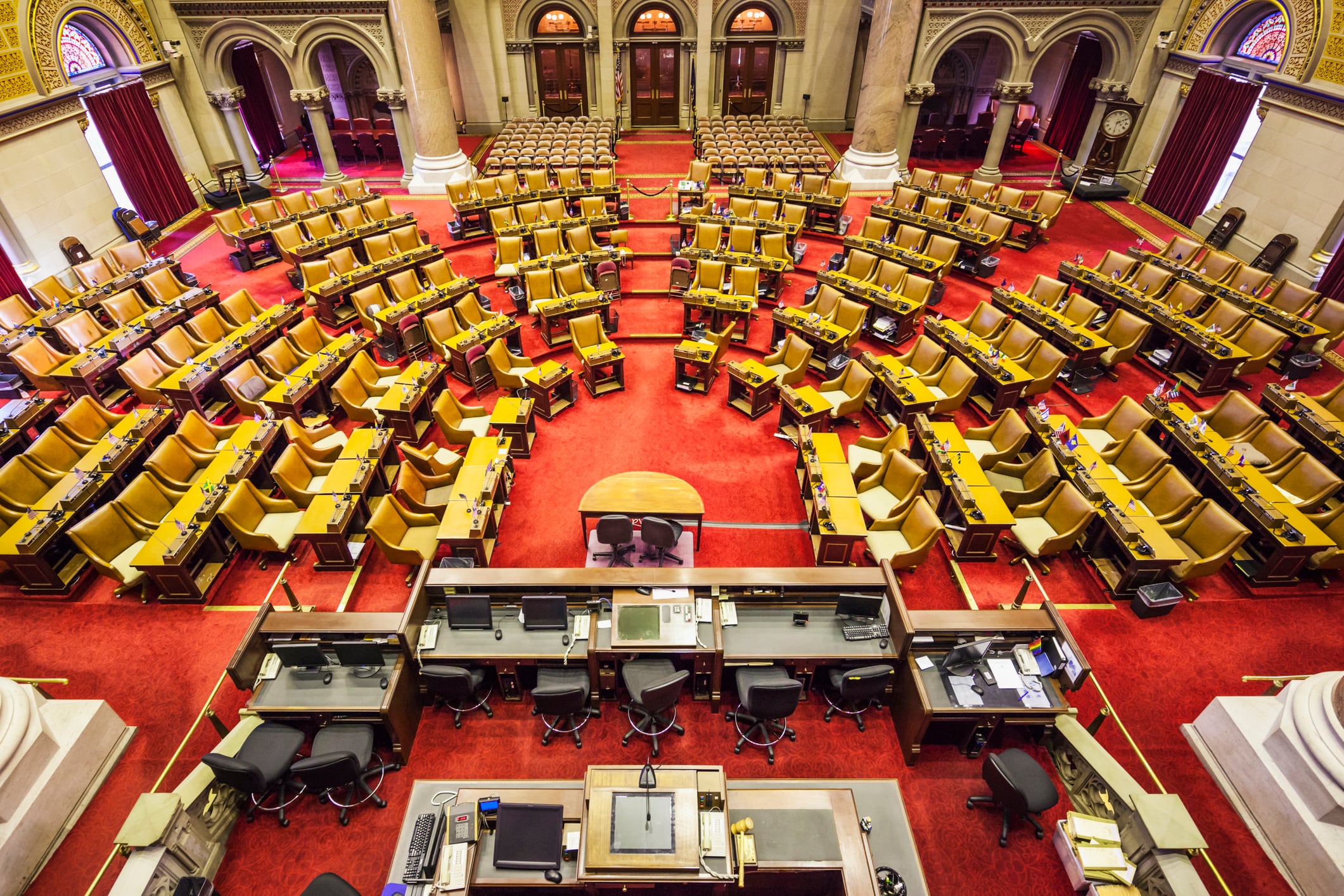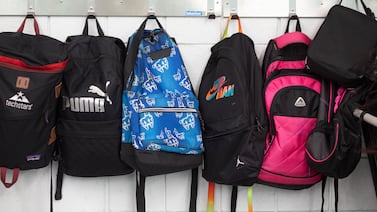New York lawmakers will seek to change the state’s school lockdown drill laws, as some parents argue the drills harm student mental health without clearly proven safety benefits.
Under state law, public schools must conduct lockdown drills at least four times each year. The new bill would drop the requirement to one, among other changes.
Though high-profile school shootings in Uvalde, Texas, and Nashville, Tennessee, have raised further alarm among parents, educators, and school communities, some parents worry about the damaging effect that repeatedly forcing students and teachers to simulate an active shooter scenario could have on their child.
Two dads with children at a Manhattan elementary school spent the past year and a half pushing to reduce the number of drills and for more guardrails in how they are conducted and communicated with families.
In late 2021, Marco Pupo, a Manhattan parent, was shocked to hear his then-5-year-old son say his class had to lock their windows and hide because “there was a bad guy trying to get us.”
“Kids at that age, they don’t know how to differentiate between what’s real and what’s not,” he said, adding other parents said their kids came home scared or asking what to do if bullets came through the window. “I don’t think there’s any research that needs to be done to say that this is traumatizing for kids.”
Pupo and Robert Murtfeld, another parent at the school, have since advocated for changing the state law.
A new bill introduced by state Senator Andrew Gounardes and Assemblymember Jo Anne Simon, both of Brooklyn, on Wednesday would do just that.
If passed, their bill would require officials use a “trauma-informed approach” in the creation of lockdown drills — including lowering the required number of annual drills to just one, notifying parents at least a week in advance, and allowing them to opt their children out of the drill. It would also offer accommodations to students with medical conditions, and require schools provide students with “an age-appropriate explanation” of the situation.
For young students, that might mean using codewords during drills — like announcing that a raccoon had entered the building and students needed to remain in their classrooms.
“These drills are incredibly traumatizing for students,” Gounardes said of the current system. “They don’t actually help keep students safe, or make them feel safe, which are both incredibly important.”
The bill would also aim to establish comprehensive training for schools and educators leading the drills, after Chalkbeat last year found teachers across New York City received little to no training before conducting them.
Without a standardized method, lockdown drills can vary in length and content from school to school, or even classroom to classroom. They might, for example, involve teachers locking the door, covering any windows to the hallway, shutting off the lights, and telling students to sit quietly in a corner.
Research inconclusive on lockdown drill benefits
The research on whether the drills help protect students in an active shooter scenario remains inconclusive. But the past five years have seen more than 150 school shootings that resulted in injury or death across the country, spurring cities and states to engage in precautionary measures.
Lockdown drills took place in 95% of American public schools as of 2016, with at least 40 states requiring them, according to Everytown for Gun Safety, a nonprofit that advocates against gun violence. But the organization advises against conducting them, citing the “collateral consequences to school communities’ mental health and wellbeing.”
New York State is among just a few states that mandate four or more lockdown drills per year — meaning students at its public schools may experience twice as many or more drills than students in other states, according to an analysis from the Trace.
“If you enter the school system as a 3-year-old, and you exit as an 18-year-old, you will have done 60 lockdown drills,” Murtfeld said. “This is not about making anyone less safe — this is about being smart about what is the best mediated solution.”
Instead of drills involving students, Everytown suggests schools use threat assessment programs, provide access to mental health professionals and social support, implement non-punitive disciplinary processes, and conduct emergency planning for teachers not involving students. Gounardes said the bill wouldn’t shut the door on the latter of these suggestions.
“Our bill doesn’t mandate or require that it has to be a student drill, or it has to be a live drill, or it has to be a simulated drill,” he said. “It very well could be that the collective wisdom of all of the relevant stakeholders is that the best way to do this is to have teacher-only drills… We’re not here prescribing that solution, we’re just saying that the [current] mandate is ineffective.”
Gounardes said he was optimistic about the bill finding support in Albany, adding it has backing from organizations like Moms Demand Action and New Yorkers Against Gun Violence.
National landscape divided on drills
Some states have also looked to change their approach, with lawmakers in Maine considering an opt-out policy for parents and legislators in Illinois passing a similar law in 2021. Others have taken a different approach. In Texas, lawmakers have proposed investing more heavily in armed campus security, including a $25,000 stipend that would be offered to school employees willing to get trained to carry guns.
Murtfeld and Pupo said they understood the fears over gun violence and why the New York lockdown law was initially put in place, but added it was “not the solution.”
“It’s a math we unfortunately have to do between something happening in schools and the risk of creating a culture of fear that is being infused in our kids and traumatizing them,” Pupo said. “We wish we were not in the position where we had to make those decisions, but right now, with the knowledge that we have, this is what we think is the right thing to do.”
Julian Shen-Berro is a reporter covering New York City. Contact him at jshen-berro@chalkbeat.org.








